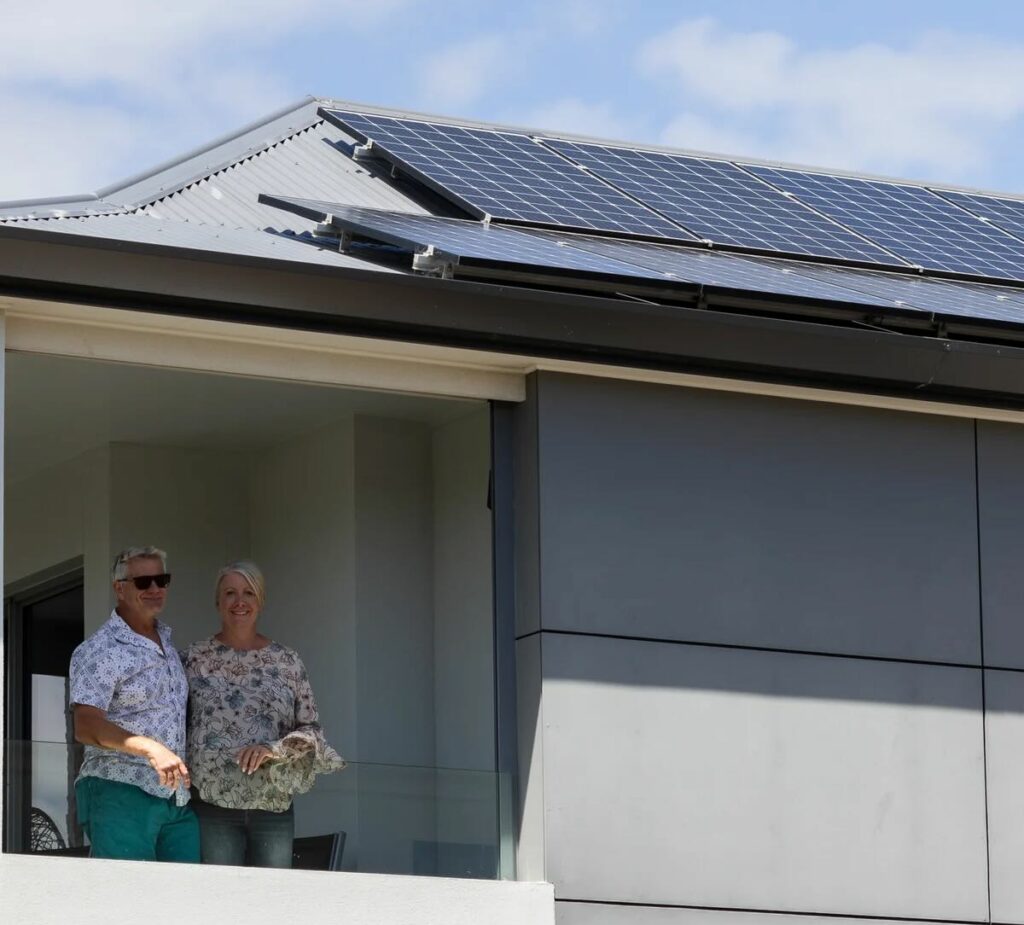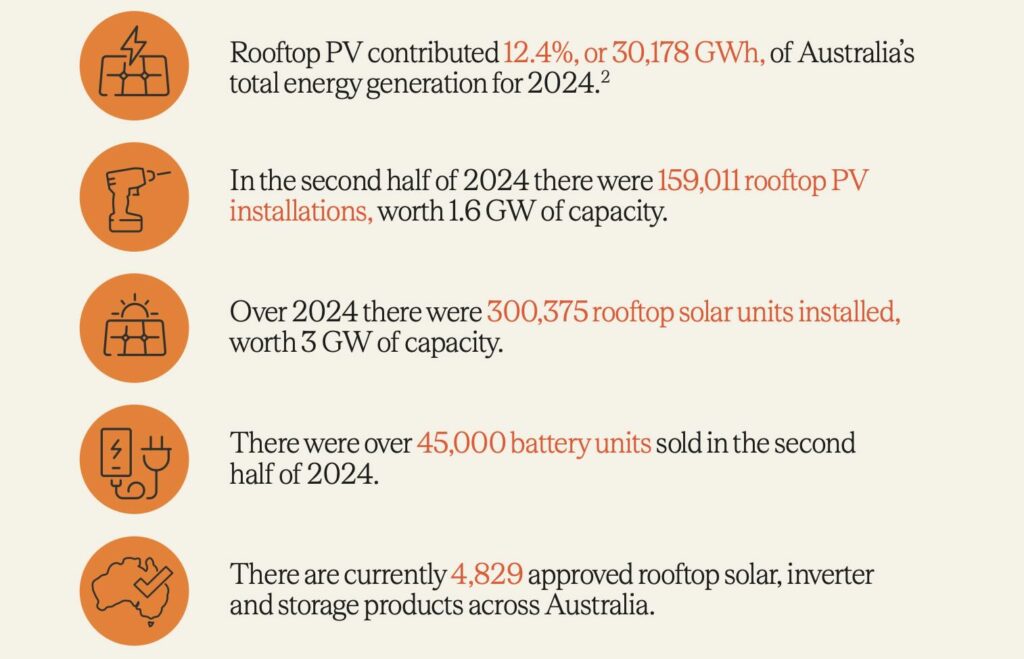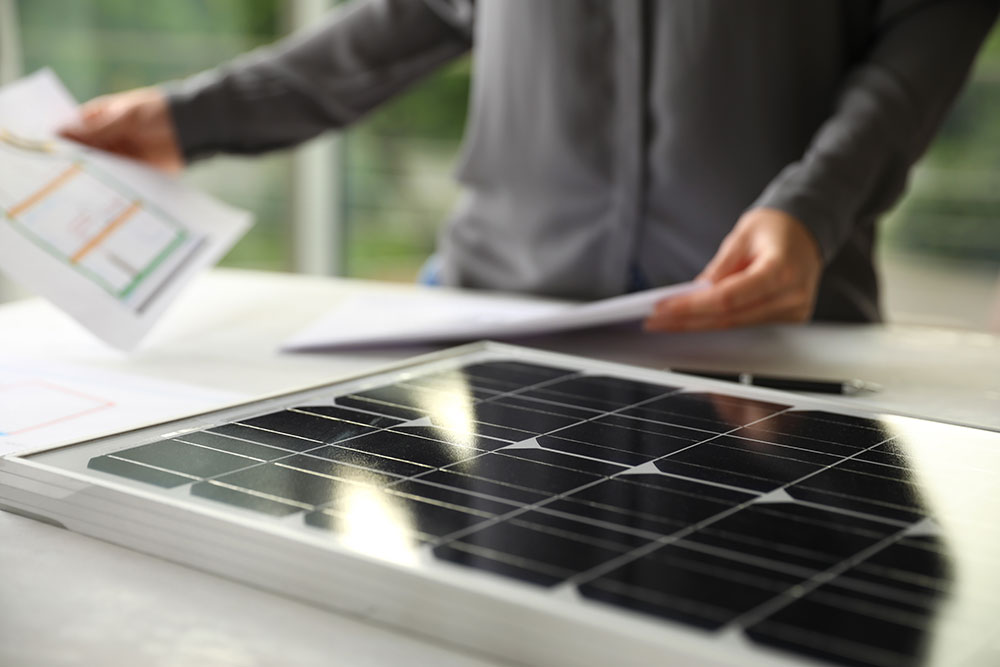Solar energy is becoming a popular choice for many Australians. With rising electricity prices and growing environmental concerns, more households and businesses are considering renewable energy options. A common question people ask is, “Are solar panels free?” The answer depends on several factors, including government incentives, rebates, and financing options.

Understanding the Cost of Solar Panels
The upfront cost of installing a solar system varies based on several factors. These include system size, panel quality, installation costs, and whether battery storage is included. Although prices have decreased in recent years, the cost of a typical residential solar panel system ranges from $3,000 to $10,000. Larger systems with battery storage can cost significantly more.
However, government incentives and financing options can reduce these costs, making solar energy more accessible. Some households may even qualify for programs that make solar panels free or nearly free.
Government Incentives and Rebates
The Australian government supports solar energy adoption through various incentives. The Small-scale Renewable Energy Scheme (SRES) provides financial benefits to households installing eligible solar systems. Under this scheme, homeowners receive Small-scale Technology Certificates (STCs). These STCs reduce the upfront cost of solar panel installations. The number of STCs granted depends on the system size and location.
Each state also offers different incentives. Some states provide additional rebates to make solar more affordable. For example, Victoria has the Solar Homes Program, offering rebates and interest-free loans. New South Wales provides the The Peak Demand Reduction Scheme (PDRS) , which helps households access battery systems.

Understanding Small-scale Technology Certificates (STCs)
STCs are a key part of reducing the cost of solar energy. Homeowners receive these certificates when they install eligible solar panels. The number of STCs depends on the system’s size and the expected energy production over its lifetime. These certificates are then sold to electricity retailers, which use them to meet renewable energy targets. The value of STCs fluctuates, affecting the amount of discount homeowners receive.
State-Specific Solar Rebates
Each Australian state offers different incentives to encourage solar energy adoption:
- Victoria: The Solar Homes Program provides rebates of up to $1,400 for solar panel installation. Households can also access interest-free loans to cover additional costs.
- New South Wales: The Peak Demand Reduction Scheme (PDRS) offers eligible homes and businesses with existing solar systems a discount of $1,600 to $2,400 off the upfront installation cost of a battery, plus an additional incentive of $250-$400 for connecting to a Virtual Power Plant (VPP).
- Queensland: The Solar for Rentals Program provides landlords with incentives to install solar panels on rental properties.
- South Australia, Western Australia, Tasmania, Australian Capital Territory and Northern Territory: While fewer rebates exist, homeowners can still benefit from the national STC program.
These state-based programs work alongside federal incentives to make solar power more affordable.
Interest-Free Loans and Solar Leasing
Some financing options allow Australians to install solar panels with little or no upfront cost. Interest-free loans help spread out the payments over time. Programs like Victoria’s Solar Homes interest-free loan make solar systems more accessible.
Solar leasing is another option. Homeowners can get a solar system installed and pay for the energy it generates. This model is also known as a power purchase agreement (PPA). The solar provider owns the system, and the household pays for the electricity it produces at a lower rate than the grid. This arrangement eliminates upfront costs, making solar energy more accessible.
Are Free Solar Panels Really Free?
While some programs reduce the cost significantly, completely free solar panels are rare. Most “free solar” deals involve financing arrangements, government subsidies, or lease agreements. Understanding the terms is crucial to avoid hidden costs or long-term contracts that might not be beneficial.
The Benefits of Solar Energy
Installing solar panels provides several advantages. Households reduce their reliance on the grid, leading to lower electricity bills. Solar energy also decreases carbon emissions, helping Australia transition to renewable energy. With battery storage, excess solar power can be used at night, increasing energy independence.
How Much Can You Save with Solar Panels?
Savings depend on system size, location, and energy consumption habits. Households using most of their energy during the day maximise savings. A typical 6.6kW system can save between $1,000 and $2,500 per year, depending on electricity rates and self-consumption levels.
Solar Energy and Environmental Impact
Solar energy reduces reliance on fossil fuels, decreasing greenhouse gas emissions. A standard residential system can offset up to four tonnes of CO2 per year. By adopting solar, Australians contribute to a cleaner energy future.

Choosing the Right Solar Option
Homeowners should research available programs before making a decision. Checking eligibility for government rebates and financing options can help determine the most cost-effective solution. Getting quotes from reputable solar providers ensures transparency in pricing and system quality.
Finding a Reputable Solar Installer
Choosing a reliable installer is crucial for system performance and longevity. Homeowners should look for Clean Energy Council (CEC) accredited installers. Checking customer reviews and requesting multiple quotes can help in selecting the best provider.
Understanding Solar Panel Warranties
Most solar panels come with performance warranties lasting 25 years. Inverter warranties typically range from 5 to 15 years. Understanding warranty terms ensures long-term protection for your investment.
Battery Storage Considerations
Adding battery storage allows homeowners to store excess solar energy for later use. This increases energy independence and provides backup power during outages. However, batteries add significant costs, which must be weighed against potential savings.
Conclusion
Solar panels are not free in Australia, but many programs make them more affordable by offering zero deposit financing where the savings on your power bill can pay for the cost of the green loan. Government incentives, rebates, and financing options reduce the upfront cost. Understanding the terms of any solar deal is essential to making an informed choice. By taking advantage of available incentives, more Australians can enjoy the benefits of solar energy while reducing electricity costs.